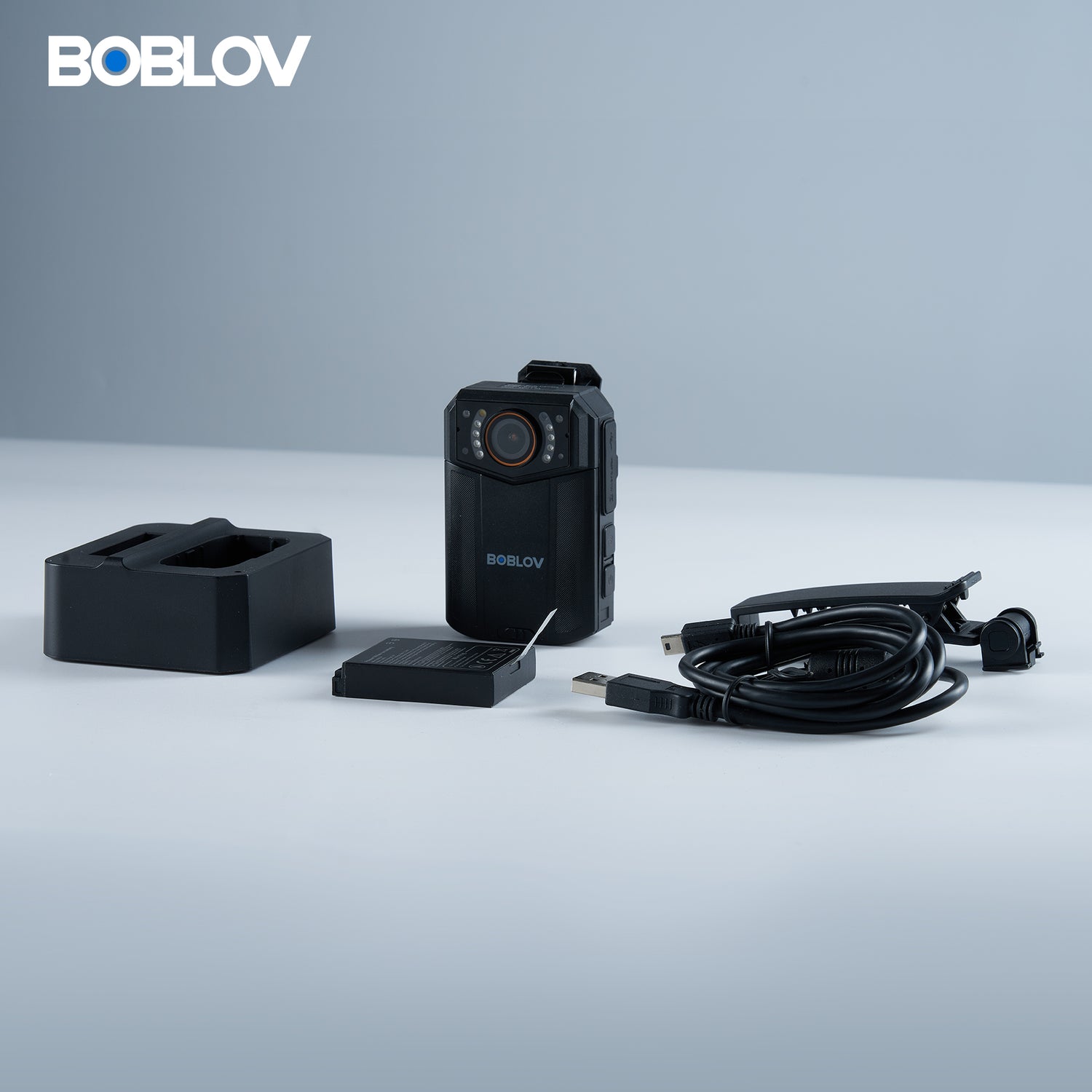The Evolution of Police Body Cameras in the United States
Historical Development of Body Cameras in Law Enforcement
Body cameras have come a long way in law enforcement. They first appeared in the UK in 2005. The US adopted them in 2010. Early models were bulky and had poor quality. They could only record for short periods. Battery life was also an issue. Over time, tech improved. Cameras became smaller and more efficient. They could record longer and had better image quality. By 2015, many police departments were using body cameras. This was partly due to high-profile incidents involving police use of force.

The Role of Technology in Advancing Body Camera Capabilities
Technology has greatly improved body camera capabilities. Modern cameras are small and lightweight. They can record high-quality video and audio. Many have night vision and wide-angle lenses. Some can even live-stream footage. Storage has also improved. Cloud storage allows for easy access and sharing of footage. AI is being used to analyze video content. This helps identify important moments in recordings. GPS tagging adds location data to videos. These advances make body cameras more useful for police work.
The Impact of Body Cameras on Modern Law Enforcement Practices
Body cameras have changed how police work. They provide an objective record of events. This can protect both officers and citizens. Cameras have led to fewer complaints against police. They also reduce the use of force by officers. Body cams help in training new officers. They show real-life scenarios for learning. Evidence from cameras is useful in court cases. It can support or disprove claims made by officers or suspects. Overall, body cameras have increased accountability in law enforcement.
Analyzing the Effectiveness of Boblov Body Cameras
Enhancing Transparency: The Power of Video Evidence
Boblov body cameras have boosted transparency in policing. They provide clear, unbiased video evidence. This helps resolve disputes between police and citizens. The footage can show what really happened during an incident. It reduces reliance on conflicting eyewitness accounts. Boblov cameras capture high-quality video and audio. This makes the evidence more reliable in court. The presence of cameras also encourages good behavior. Both police and citizens tend to act better when filmed. This leads to more professional interactions.

Improving Training and Performance Standards
Boblov cameras play a key role in police training. The footage they capture is used to teach best practices. Officers can learn from real-world scenarios. They see both good and bad examples of police work. This helps improve overall performance standards. Supervisors use camera footage to evaluate officers. They can identify areas for improvement. The cameras also help officers learn from their own actions. They can review their interactions and see how to do better. This ongoing learning process enhances police professionalism.
Case Studies: Boblov Cameras in Action
Several cases show the impact of Boblov cameras. In one city, complaints against police dropped by 30% after camera use. Another study found that use of force incidents decreased by 60%. In a high-profile case, Boblov camera footage cleared an officer of wrongdoing. It showed that the suspect had attacked first. In another instance, camera evidence led to the conviction of an abusive officer. These cases show how Boblov cameras protect both police and citizens. They promote justice and accountability.
Future Prospects and Considerations
Innovations in Body Camera Technology: Beyond the Visible Spectrum
Body camera tech is advancing rapidly. Future cameras may include thermal imaging. This could help police see in complete darkness. Some cameras might have object recognition. They could identify weapons or suspect faces. Audio analysis could detect stress in voices. This might help predict dangerous situations. 5G connectivity could allow real-time video streaming to command centers. AI might flag important moments in footage automatically. These innovations could make police work safer and more effective.

The Importance of Body Cameras in Protecting Public Safety
Body cameras are crucial for public safety. They create a record of police activities. This helps build trust between police and communities. Cameras can deter bad behavior on both sides. They provide evidence for investigations and court cases. In emergencies, cameras can give real-time info to responders. They help in training new officers. Cameras also protect officers from false accusations. Overall, they promote a safer environment for everyone.
Ethical and Privacy Concerns in Expanding Body Camera Use
As body camera use grows, so do ethical concerns. Privacy is a major issue. Cameras can record in private homes. They might capture sensitive information. There are questions about who can access footage and when. Some worry about facial recognition tech in cameras. This could lead to over-surveillance. Data storage and security are also concerns. There's a need for clear policies on camera use. These must balance transparency with privacy rights. As technology advances, these ethical questions will need ongoing attention.




